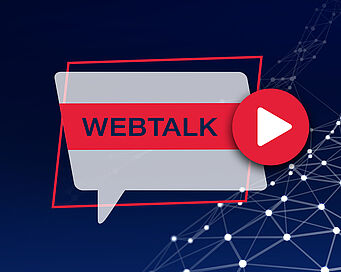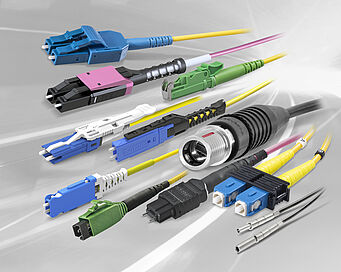More and more data that has to be transmitted also means an ever-increasing demand for bandwidth. Here, fiber optic cables offer a technical alternative to copper cables, but the complicated handling has made many users hesitate until now. The 3M™ Expanded Beam Optical (EBO) connector concept now brings decisive progress.
The digitalization of all areas of life is advancing: Smart Home, Smart Health, Smart Factory are just some of the buzzwords of this trend. More and more data has to be processed, and with it the demands on bandwidth in the data networks are growing.
The copper cable is reaching its limits, and that is the case not only with the DSL connection at home. Fiber optic cables are already widely used in data centers. Building cabling, networks in hospitals and medical offices, and the infrastructure of research institutions are also increasingly being implemented using optical fiber. With 5G, fiber optics are also finding their way onto antenna masts and into the backbone of industrial production.




